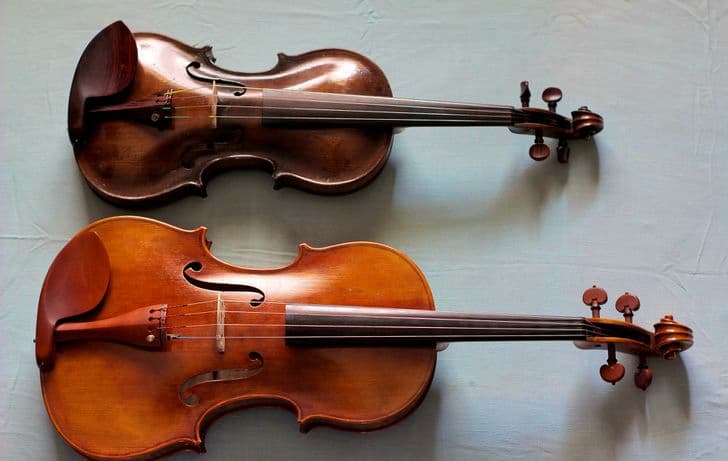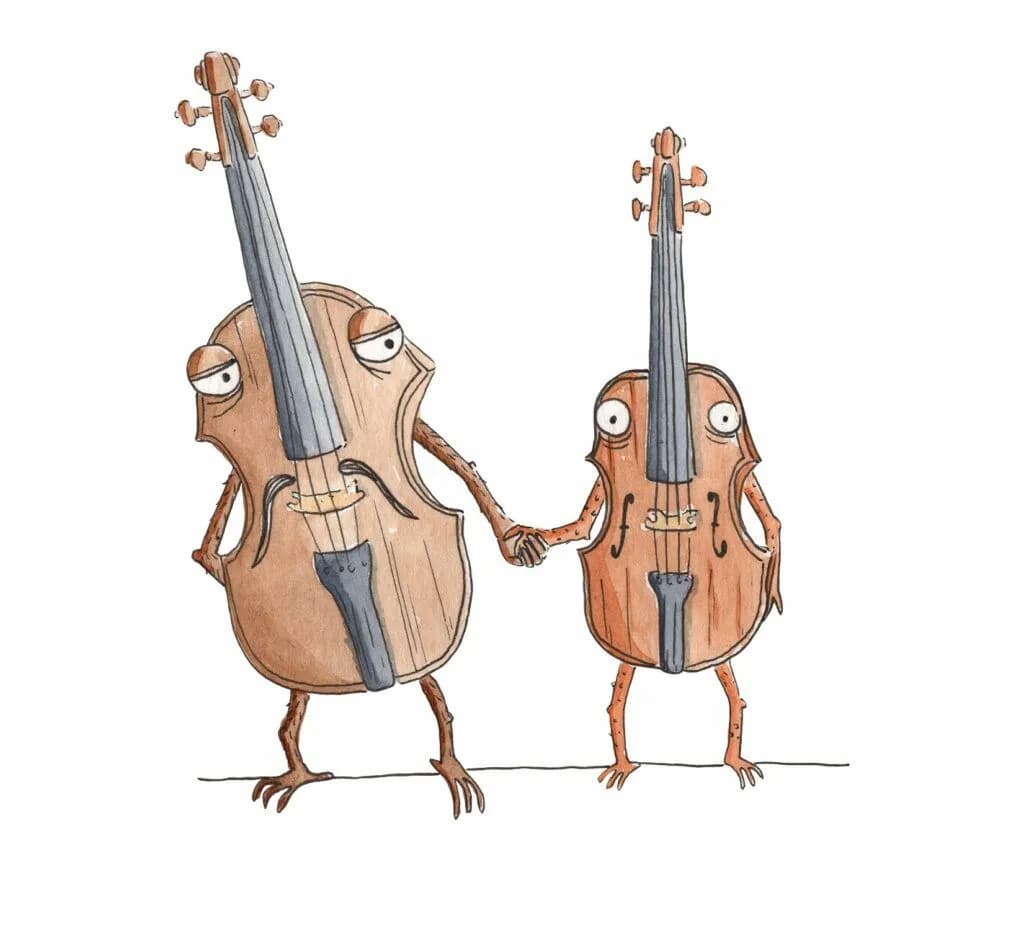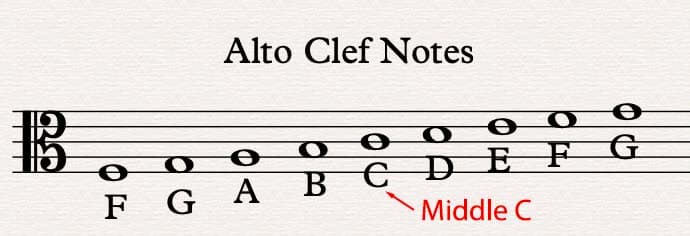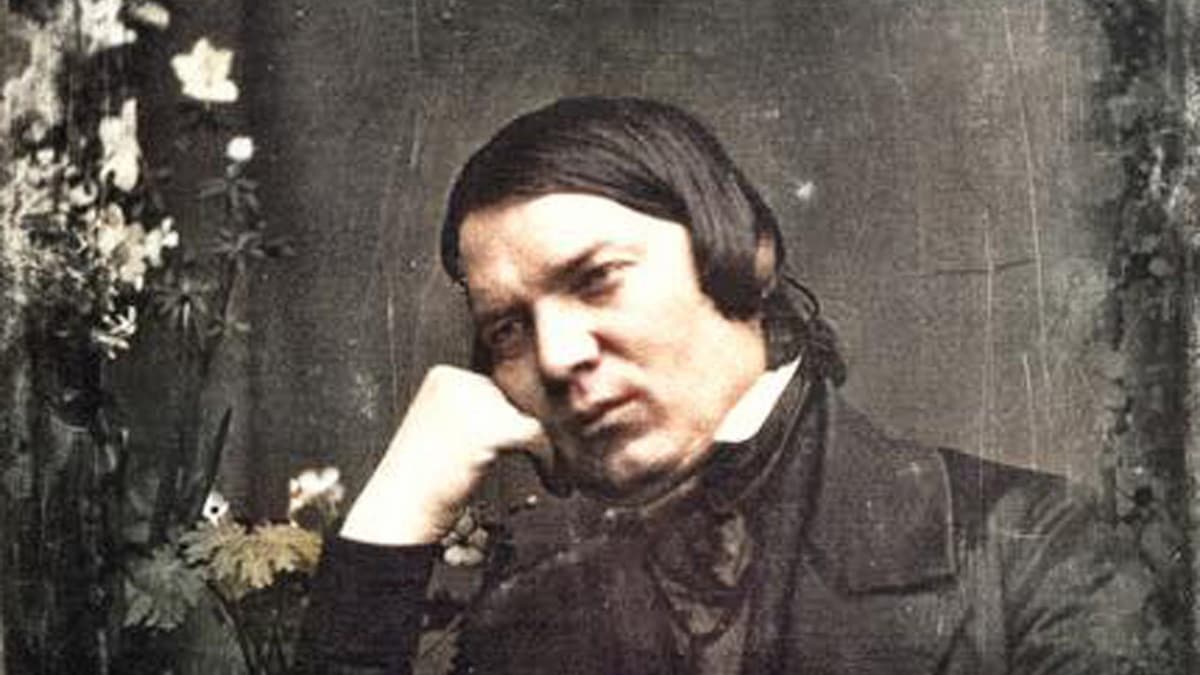The violin and viola are two instruments that look and sound very similar. Each instrument, however, has its own unique timbre, role, character…and partisans.
In this article, we’re looking at the differences between the violin and the viola. We’ll be looking at their range, size, repertoire, and more.
Pitch of Violin Strings vs. Viola Strings

Violin (top) and Viola (bottom) © allshoreorchestra.com
First things first: both the viola and violin have four strings, but those four strings are tuned differently.
The strings on a violin are tuned in fifths from low to high: G-D-A-E.
The viola’s strings are also tuned in fifths from low to high, but they are a fifth lower than those of the violin: C-G-D-A.
That means that three of their strings cover the same range. However, due to the physical differences of the instruments, they sound very different.
Violin strings are also thinner than viola strings, and they take less effort to stop with your fingers.
Passacaglia for Violin and Viola (Halvorsen, Johan) Hayang Park
Violin Range vs. Viola Range
The violin’s smaller strings result in a higher pitch and a brighter, more brilliant sound. A violinist can reach higher notes much more easily than a violist can.
The flip side is that the viola can reach deeper, more chocolatey notes than the violin can’t. The viola’s tuning results in a richer and warmer tone but restricts its upper range when compared to the violin.
Violin Size vs. Viola Size

© dolceviolins.net
Generally speaking, violins are smaller than violas.
A full-size violin typically has a body length of around 14 inches, whereas a full-size viola usually has a body length of around 16 to 17 inches.
That said, if you’re a violinist who wants to play a viola without having to adapt to a larger instrument size, there are 14-inch violas out there! Some people think playing one is a touch blasphemous, and its tone will never be comparable to a larger instrument. But you’ll be able to hit the notes, and a 14-inch viola is better than no viola!
Mozart: String Duo No. 1 for Violin and Viola in G Major, KV 423 / Antje Weithaas & Adrien La Marca
Violin Character vs. Viola Character
Violins are often associated with brilliance, clarity, speed, and a soaring, expressive quality. Their sound can be used to convey a wide range of emotions, from joy to sorrow.
Violas, on the other hand, are known for their more mellow and introspective character. Notes also take a longer time to sound, so many parts include longer notes, adding to the instrument’s reputation for general dolefulness.
Violin Repertoire vs. Viola Repertoire
Violins have an extensive and diverse repertoire, ranging from solo concertos to chamber music to orchestral pieces. Almost every major composer wrote a violin concerto at some point in their careers (see works by Mozart, Beethoven, Brahms, Tchaikovsky, Mendelssohn, and others).
Violas are in the solo spotlight less often than violins are. However, they’re an integral part of orchestras and chamber ensembles. They have a rich chamber music repertoire and are often used to provide harmony and depth in ensemble settings. And the smaller repertoire means that violists get to know a bigger percentage of their repertoire than violinists ever can.
Erlkönig for violin & viola | Marc Sabbah & Itamar Zorman
Violin Technique vs. Viola Technique
Playing the violin and the viola requires slightly different techniques due to their size and tuning differences.
The biggest difference is probably in the bow arm. Compared to violinists, violists may employ a slightly flatter bowing angle to enable as much bow hair as possible to get the thicker strings to sound.
Additionally, the broader spacing between the strings on the viola necessitates different fingering and hand positioning compared to the violin.
Violin Clef vs. Viola Clef

Treble clef notes © musictheoryacademy.com
Violinists read off the treble clef, which includes a staff with lines for the notes E, G, B, D, and F.

Alto clef notes © musictheoryacademy.com
Because of the unique range of their instrument, violists usually read off alto clef. Alto clef includes a staff with lines for the notes F, A, C, E, and G. That C in the middle of the clef corresponds with middle C. Makes sense, right?
Sometimes when violists are asked to play high notes, their music will be written in treble clef. It makes playing higher notes easier.
Violinists, however, only read the one clef, so they often get stuck reading ledger lines or parts marked to be played an octave higher than written. Advantage: viola.
Lots of would-be violists are terrified of learning treble clef. But it’s very doable, and it’s fun playing in a clef that not many other musicians can read. It’s like a secret language!
Sightreading Viola Pieces on the Viola
Violin Orchestra Roles vs. Viola Orchestra Roles
Violins are the highest-pitched string instrument in the orchestra, so they’re often playing the melodies and high notes…and lots of them! There are usually many more notes to learn per measure than in a viola part from the same piece.
Violists, being the middle voice, play a very different role in the orchestra. They sit in the middle and help to tie an orchestra’s sound together. You have to be very aware of your surroundings to be a good orchestral violist. The notes are often longer, and you will be playing way fewer melodies. This is its own pleasure and privilege.
Demand for Violinists vs. Demand for Violists
There is an imbalance in demand for violinists versus violists. The latter are almost always in demand, especially in amateur ensembles or student orchestras.
Playing viola as well as violin will make you a more marketable musician. If you ever play side-gigs at weddings or parties, becoming a violist will likely increase your shot at performing opportunities.
Violin Jokes vs. Viola Jokes
There is a long and storied history of “viola jokes.” For generations, violists have had a reputation for being failed violinists, and many jokes have been written that denigrate the viola in some way. Usually, these jokes are told with love. The most avid collectors of derogatory viola jokes tend to be violists themselves.
There aren’t nearly as many violin jokes, and they’re never as funny.
Best Viola Joke (said to a violist)
Conclusion
Obviously, violins and violas share important similarities. They will probably always be confused for each other.
But their distinct characteristics in terms of pitch, size, sound, repertoire, and technique make them truly unique instruments with their own qualities and roles.
The one best-suited to you is totally up to your personality and preferences. Of course, the best of both worlds would be to play both!
For more of the best in classical music, sign up for our E-Newsletter



